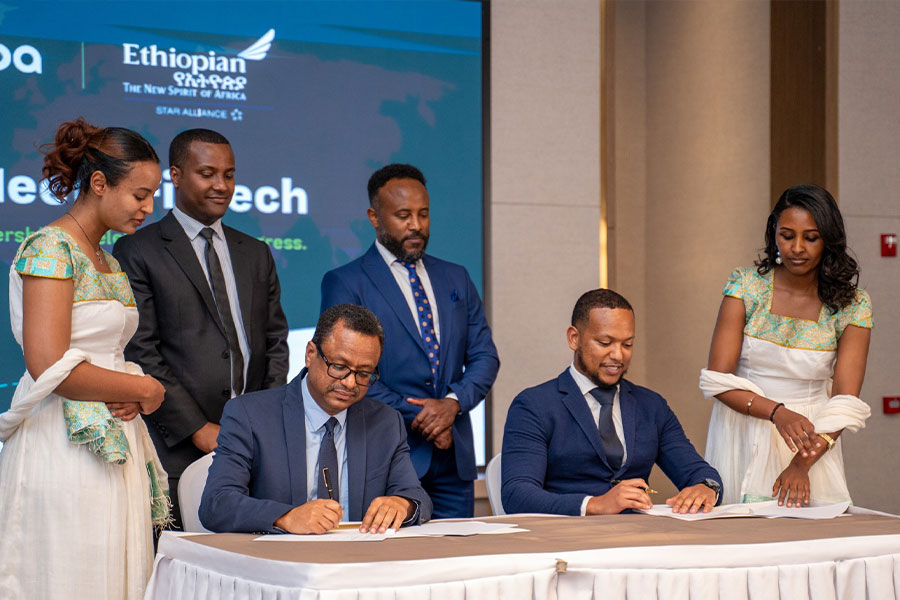
Ethiopian Airlines has partnered with Chapa Digital Payment Technologies to integrate direct bank payments into its ticketing system, enabling customers to use their ATM cards across all connected banks. The agreement was signed on October 30 at the Skylight Hotel under the licensed endorsement of both institutions. Chapa, which links over 1,500 businesses and has facilitated transactions exceeding 50 billion Br in four years, plans to simplify payments and promote digital innovation. Nael Hailemariam, CEO and co-founder, said the integration marks “a critical step toward more flexible digital payments.” Hailemelekot Mamo, vice president of Ethiopian Airlines’ Holiday, Digital Sales, and Global Customer Interaction Centre, added that the initiative supports youth empowerment and advances local technological capacity.
[ssba-buttons]